Growing Incidence of Burn Injuries
The rising incidence of burn injuries is a primary driver for the Burn Care Centers Market. According to recent statistics, burn injuries account for a significant number of hospital admissions annually, with an estimated 486,000 burn injuries requiring medical treatment in the United States alone. This alarming trend is attributed to various factors, including industrial accidents, household incidents, and increasing cases of fire-related injuries. As the demand for specialized burn care services escalates, burn care centers are expanding their facilities and services to accommodate the growing patient population. This increase in patient volume is expected to propel the market forward, as more centers are established to provide comprehensive care for burn victims, thereby enhancing the overall market landscape.
Rising Awareness of Burn Prevention
The growing awareness of burn prevention strategies is significantly influencing the Burn Care Centers Market. Educational campaigns aimed at informing the public about burn risks and safety measures are becoming more prevalent. Organizations and healthcare providers are actively promoting burn prevention through community outreach programs, which are essential in reducing the incidence of burn injuries. This heightened awareness is likely to lead to a decrease in burn cases, thereby impacting the demand for burn care services. However, it also encourages the establishment of more specialized burn care centers that focus on both treatment and prevention. As a result, the market may experience a shift towards integrated care models that emphasize prevention alongside treatment, ultimately benefiting patients and healthcare systems alike.
Advancements in Rehabilitation Services
Advancements in rehabilitation services for burn victims are emerging as a vital driver for the Burn Care Centers Market. Comprehensive rehabilitation programs that address both physical and psychological aspects of recovery are increasingly recognized as essential components of burn care. These programs often include physical therapy, occupational therapy, and psychological support, which are crucial for improving the quality of life for burn survivors. As awareness of the importance of rehabilitation grows, burn care centers are expanding their services to include specialized rehabilitation programs tailored to individual patient needs. This trend is likely to enhance patient outcomes and satisfaction, thereby driving demand for burn care services. Furthermore, the integration of rehabilitation into the overall treatment plan is expected to foster a more holistic approach to burn care, positioning burn centers as leaders in comprehensive patient management.
Technological Innovations in Burn Treatment
The Burn Care Centers Market is experiencing a surge in technological innovations that enhance treatment efficacy. Advanced wound care technologies, such as bioengineered skin substitutes and nanotechnology, are revolutionizing the way burns are treated. These innovations not only improve healing times but also reduce the risk of infections, which is critical in burn care. The integration of telemedicine in burn care allows for remote consultations, enabling specialists to monitor patients effectively. As a result, the market is projected to grow at a compound annual growth rate of approximately 6.5% over the next five years, driven by these technological advancements. Furthermore, the adoption of artificial intelligence in treatment planning and patient management is likely to streamline operations within burn care centers, enhancing overall patient outcomes.
Increased Investment in Healthcare Infrastructure
Investment in healthcare infrastructure is a crucial driver for the Burn Care Centers Market. Governments and private entities are increasingly allocating funds to enhance healthcare facilities, particularly in regions with high burn injury rates. This investment is aimed at improving the quality of care provided in burn centers, including the establishment of specialized burn units equipped with state-of-the-art technology. For instance, the World Health Organization has emphasized the need for improved burn care services, leading to initiatives that support the development of burn care centers. As a result, the market is likely to witness substantial growth, with an expected increase in the number of burn care facilities and enhanced treatment options available to patients. This trend not only addresses the immediate needs of burn victims but also contributes to long-term improvements in healthcare delivery.


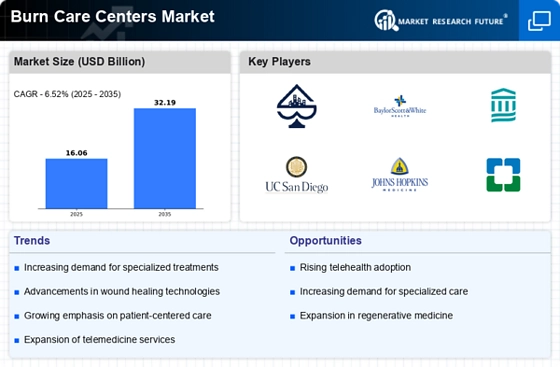

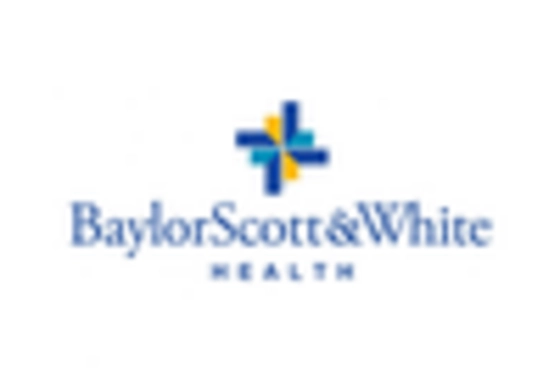
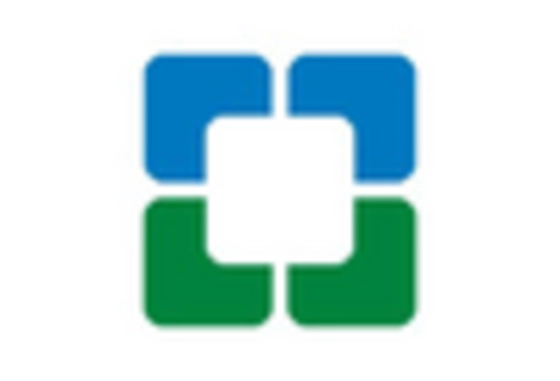
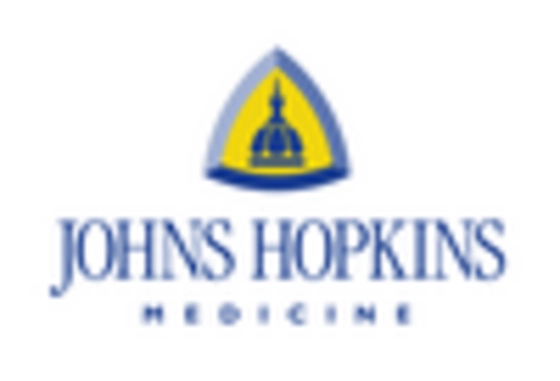
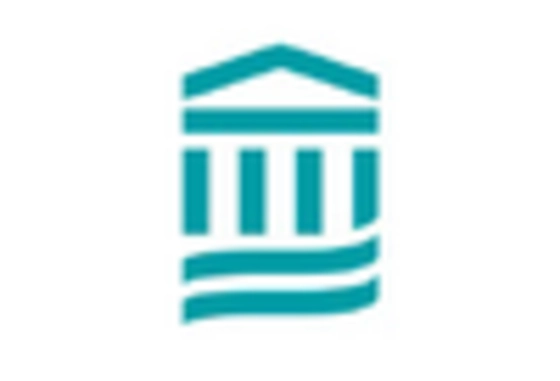
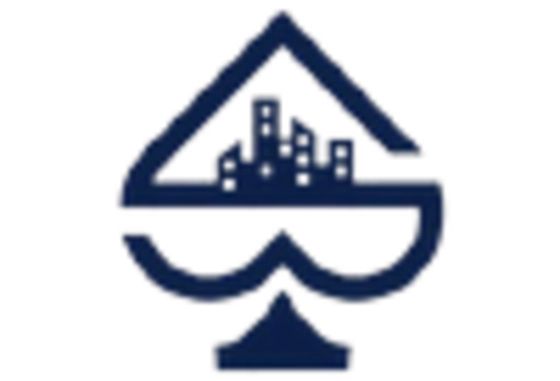









Leave a Comment